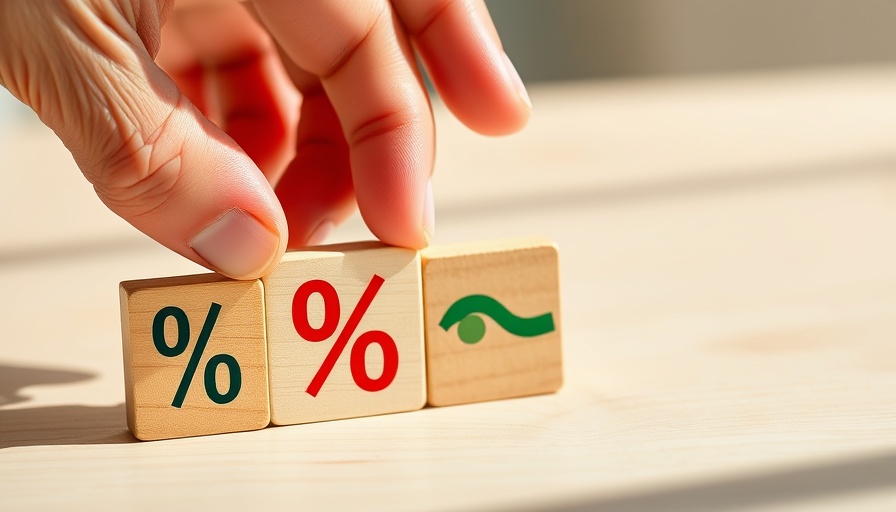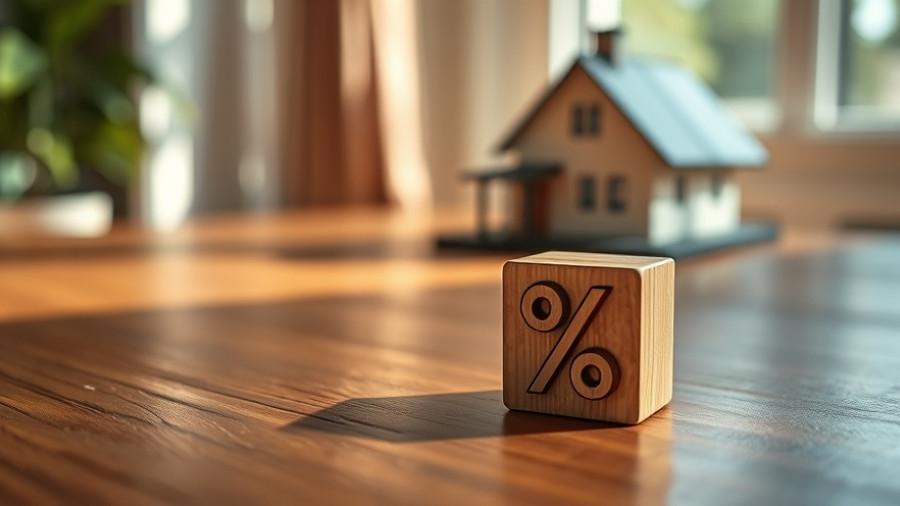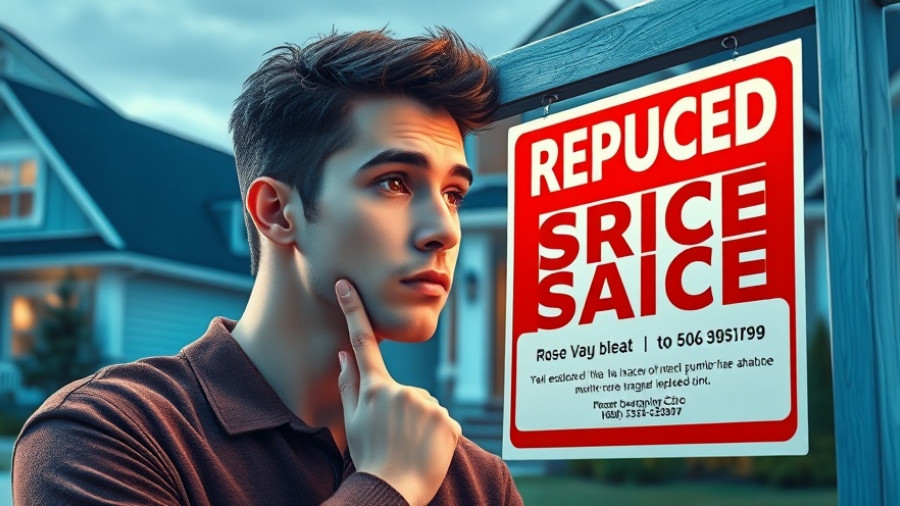
Understanding Interest Rate Buydowns
In today's economic climate, many home buyers and refinancing homeowners face the challenge of navigating rising interest rates. One strategy that has gained traction is the interest rate buydown, where borrowers can pay an upfront fee to lower their mortgage interest rates, ultimately reducing their monthly payments. In this article, we'll explore the implications of buying down interest rates, who it benefits, and how to maximize its potential.
The Pros and Cons of Buying Down Your Interest Rate
Buying down your mortgage interest rate, also known as purchasing mortgage points, has its advantages and downsides. On the upside, homeowners can secure lower monthly payments and potentially save significant amounts on interest over the loan's lifespan. This can be especially helpful for first-time buyers or individuals who anticipate needing more financial flexibility in the early years of their mortgage. However, the initial cost can be high, requiring a careful consideration of your long-term plans. If you refinance or sell before reaching a break-even point, the cost may not justify the savings.
How Buydowns Work: Structures and Scenarios
Interest rate buy downs typically come in two forms: temporary and permanent. Temporary buydowns may only lower the interest rate for an initial period (often the first few years), while permanent buydowns decrease the interest rate for the life of the loan. For instance, a popular type of temporary buydown is known as the "2-1 buydown," which allows borrowers to pay a lower interest rate for the first two years before returning to the original rate.
Who Should Consider an Interest Rate Buydown?
This option may be particularly beneficial for buyers who plan to stay in their homes for a significant amount of time, enabling them to break even on the initial costs over the years. It also appeals to those who anticipate an increase in income, providing short-term budgeting relief while they adjust to homeownership costs. However, potential buyers should evaluate their long-term homeownership goals diligently to ensure the buydown aligns with their financial planning.
Negotiating Buydowns with Lenders and Sellers
Buydowns don’t always have to come out of the buyer's pocket. It's possible to negotiate with lenders or sellers to cover the upfront costs associated with lowering your interest rate. This can be a particularly persuasive tactic in buyer's markets or with new home constructions. Having professional guidance from a knowledgeable real estate agent can make this negotiation process more effective.
Conclusion: Is an Interest Rate Buydown Right for You?
In conclusion, buying down your interest rate can be a savvy move, particularly in a high-rate environment, offering significant savings potential. Interested buyers should perform a thorough analysis of their financial situation and consult with real estate professionals to leverage this option effectively. So, whether you're looking to buy your first home or refinance an existing mortgage, consider the benefits of an interest rate buydown—it might just pave the way to your dream home at a dreamier rate.
 Add Row
Add Row  Add
Add 




Write A Comment